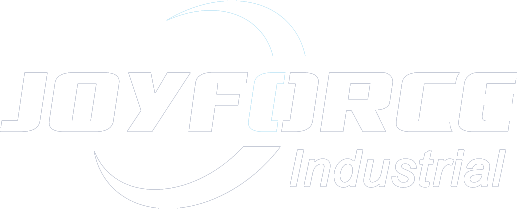PVA is unique among polymers (compounds composed of large, multi-unit molecules) because it is not formed by the polymerization of single-unit precursor molecules called monomers. In contrast, polyvinyl alcohol is made by dissolving another polymer, polyvinyl acetate (PVAc), in an alcohol such as methanol and treating it with an alkaline catalyst such as sodium hydroxide. The resulting hydrolysis, or “alcoholysis” reaction, removes the acetate group from the polyvinyl acetate molecule without destroying the long-chain structure of the polyvinyl acetate molecule. Chemical structure of the resulting vinyl alcohol repeating unit
When the reaction is complete, the product is soluble in water and practically insoluble in all organic solvents. Incomplete removal of acetate groups makes the resin less soluble in water and more soluble in some organic liquids.


